
Horseshoes seem like the natural footwear for a horse. A horseshoe is supposed to properly set up a horse's hoof for action of all sorts, but in the past years, a new vogue for barefoot horses has taken hold. There is now a sizable following of horse owners who will only leave their horses barefoot and swear by this practice.
On the other side of the field are those who only have their horses shod. They believe often that it is cruel to leave a horse barefoot on many types of terrain, especially those that the horse needs to go through during trail riding. Horseshoes protect a horse's hooves from materials such as rocks which they may run onto and injure themselves.
Let's take a brief look at the benefits of each shod and barefoot horses.
Shod Horses
- Domestic horses, especially those kept indoors on soft ground for long periods of time, are less likely to develop a good strong hoof on their own.
- Horses who work primarily in wet areas with soft soils and few rocks are less likely to wear their hooves down properly in a natural way.
- When a horse with a soft hoof is moved onto harder and less forgiving ground, this could cause damage to the hoof and result in lameness.
- Horses not given a proper diet that mimics a wild diet in that it includes all the nutrients a wild horse would naturally encounter are likely to develop hoof problems that could cause pain and lameness without the protection of a horseshoe.
- Over breeding of horses without due concern for hoof quality has created a reliance on shoes in certain breeds of horses.
Barefoot Horses
- Advocates of the "natural" or "barefoot" horse argue that a horse will naturally wear its hooves down.
- A barefoot hoof in the correct terrain will likely develop a strong hoof wall that will stand up to abuse.
- With the right diet, the chances of debilitating foot conditions go down.
- Some horse owners have claimed that their horses who used to experience considerable difficulties with their hooves begin to form very strong and healthy hooves once left barefoot.
Regardless of your choice, barefoot or shod, you should probably find a high quality farrier to help you with your horse's hooves. Unless your horse's lifestyle mimics that of a wild horse living in the west, that is to say running across hard packed ground for eighteen hours a day, your horse's hooves will likely need to be trimmed.
A shod horse will need to have its hooves trimmed in a way that accommodates the shoe. These horses usually have hooves that are trimmed with more of a pointed toe such that a horse's weight strikes the tow first before rolling back.
Many barefoot farriers will trim your horse's hooves in a way that benefits the horse as it lives in its specific environment, the diet and lifestyle of the horse, and its age among other factors. Some farriers will give your horse a "mustang trim" that most closely resembles the wear seen on wild mustangs in the American West.
While the thinking behind this seems logical, it is worth noting that this style of hoof most benefits the wild mustangs on which it is found naturally and your horse likely does not live the same style of life that a wild mustang lives.
Akhal-Teke, a horse breed who lives in Russia can survive for days without food and water. To learn more about horses, including more horse health and horse care articles, visit our site by following the links.
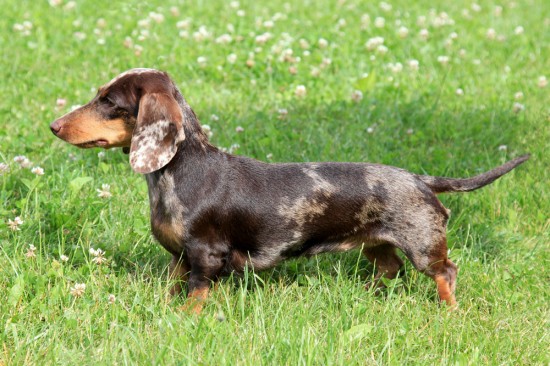 The Karlton Index - Measuring The Health Of Pedigree Dogs
The Karlton Index - Measuring The Health Of Pedigree Dogs
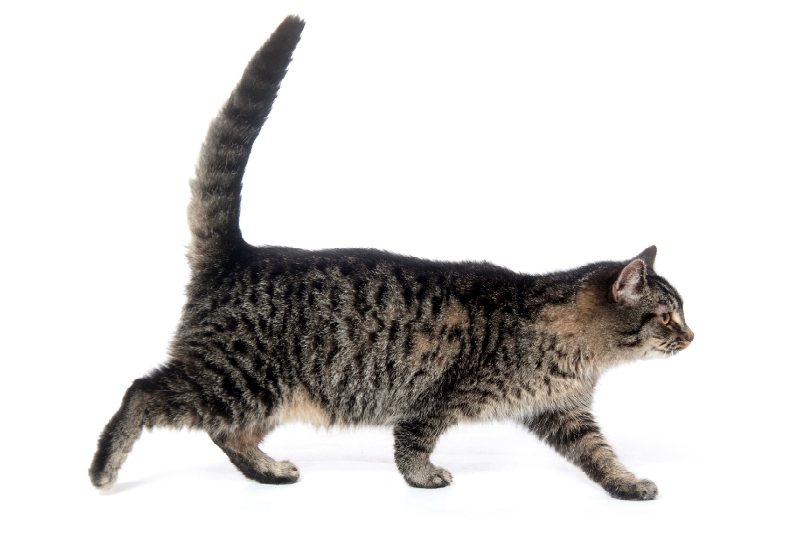 How to read cat communication signals?
How to read cat communication signals?
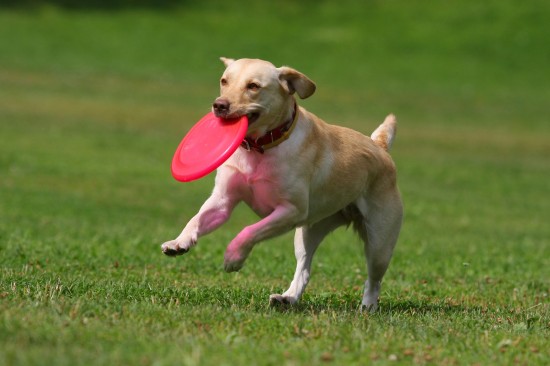 Ten Ways To Make Your Dog’s Walks More Exciting
Ten Ways To Make Your Dog’s Walks More Exciting
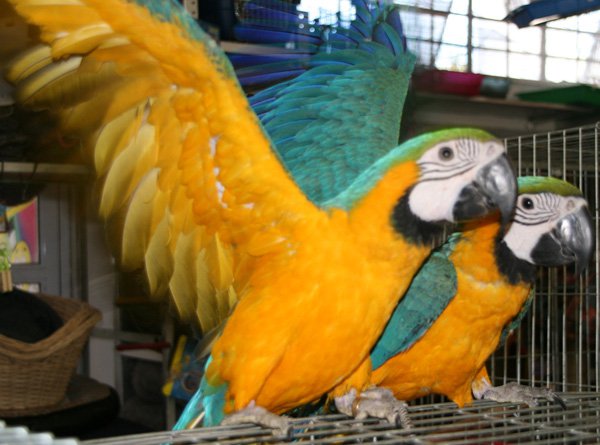 Recalled Foods Are Not Safe For Pet Consumption
Recalled Foods Are Not Safe For Pet Consumption
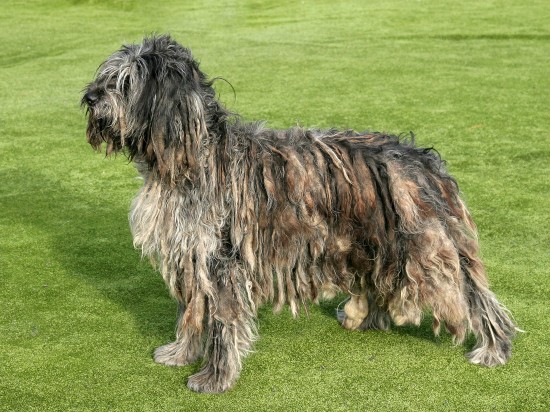 The Bergamasco A Breed That Boasts Very Few Health Issues
The Bergamasco A Breed That Boasts Very Few Health Issues
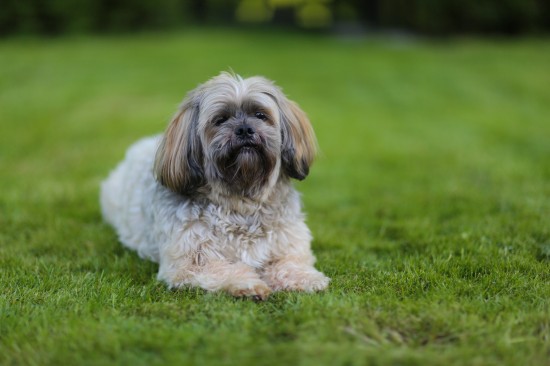 Why Do Small Dogs Develop Pyloric Stenosis And Pylorospasm?
Why Do Small Dogs Develop Pyloric Stenosis And Pylorospasm?
Copyright © 2005-2016 Pet Information All Rights Reserved
Contact us: www162date@outlook.com